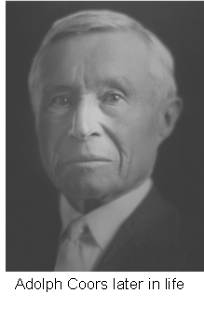 1966 was also the year our Park District was born. Park districts weren’t a novel idea — Chicago launched it’s first incarnations in the 1850’s. While a little rural town didn’t need a park district in the nineteenth century, as Naperville became more suburban, visionaries started considering ways to preserve parkland for the citizens.
1966 was also the year our Park District was born. Park districts weren’t a novel idea — Chicago launched it’s first incarnations in the 1850’s. While a little rural town didn’t need a park district in the nineteenth century, as Naperville became more suburban, visionaries started considering ways to preserve parkland for the citizens.
Dr. Robert Steunenberg was one of those visionaries. A WWII vet who was marooned for 30 days after his ship LST 808 sank, he later became a research chemist at Argonne. After initiating studies in 1964, he was instrumental in forming the Park District and also served as commissioner.
 A referendum passed in December of 1966 to establish a Naperville Park District, but the first 31 programs weren’t offered until 1968. That first year, 3,000 people participated at a time when Naperville’s population was about 18,000.
A referendum passed in December of 1966 to establish a Naperville Park District, but the first 31 programs weren’t offered until 1968. That first year, 3,000 people participated at a time when Naperville’s population was about 18,000.
In 1967, the Park District purchased it’s first property, the Fraley farm, which later became Springbrook Golf Course. Frank Fraley was a long-time Wheatland Township farmer who passed away that same year. He and his wife Jenny were among those who organized the Naperville Rural Life Progress Club in 1917.
 Ernie Nance was our first Director with a newly-minted Masters degree in Park and Recreation Administration and previous experience in the Mundelein Park District. He later moved on to other park districts across the country, winning numerous awards. In his last years, he was Executive Director of the Illinois Conservation, Park and Recreation Foundation.
Ernie Nance was our first Director with a newly-minted Masters degree in Park and Recreation Administration and previous experience in the Mundelein Park District. He later moved on to other park districts across the country, winning numerous awards. In his last years, he was Executive Director of the Illinois Conservation, Park and Recreation Foundation.
Dorthea Weigand was the sole woman on the first Board of Park Commissioners and was re-elected for a second six-year term in 1971. Enthusiastically committed to the Naperville Park District, Weigand has lovely park named after her on south Washington Street near Ring Road.
 The Naperville Park District has big plans for their anniversary year from selling wine at the Riverwalk Café to the completion of the Fort Hill Activity Center.
The Naperville Park District has big plans for their anniversary year from selling wine at the Riverwalk Café to the completion of the Fort Hill Activity Center. 













